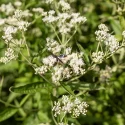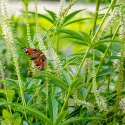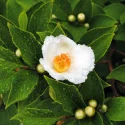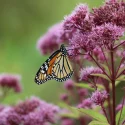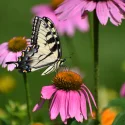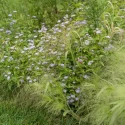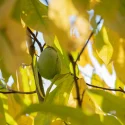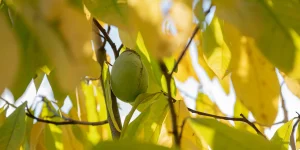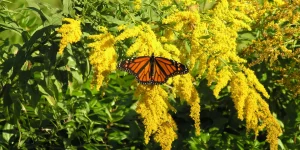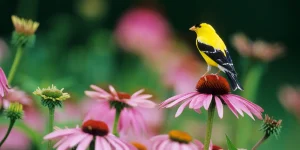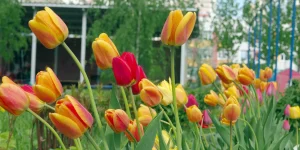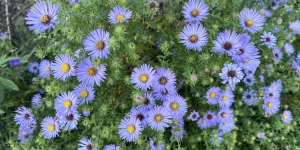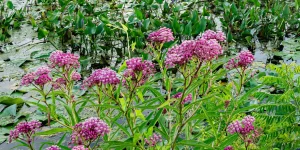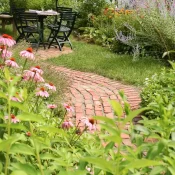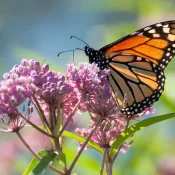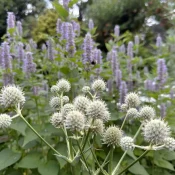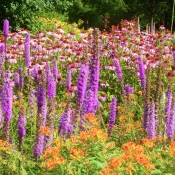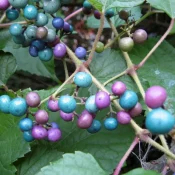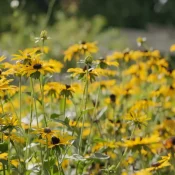Why are native plants hard to find?
You’re excited. And you’re ready: you’ve mapped out your new native garden, you’ve decided on your plants (maybe even pulled out some colored pencils and made a garden plan.)
And then you show up to your local gardening shop and find… nothing from your ideal garden list.
It will happen to us all. Sadly, native plants account for just ~25% of plant sales in the United States (it’s even lower on the West Coast.) Here’s what led us to this sad moment (and why the trend is finally reversing.)

First off, let’s tackle the ‘why’ behind the frustration:
Why are native plants so hard to find?
The short answer is native plants have not been as sought after as non-native plants. Interest drives demand, and due to exotic-plant mania most plant and seed sellers have mostly stuck to what sells: non-native plants.
Native plants are coming back into fashion after ~300 years of exotic plant trends. This trend traces back to early European colonists and we believe two cultural components:
- European landscaping sensibilities, brought over by early European colonists
- Terrible, offputting naming
Don’t believe that King Louis XVI and Marie Antoinette are a part of American lawn care? Neither did we! But the pictures below speak for themselves.
American lawncare is inspired by… Versailles
It’s hard to believe that the exotic plant trend has been going once since the 1600s. Early American garden design tried to mimic the heavily landscaped, topiary-filled, manicured garden design found in Europe.
This euro-centric trend has continued to this day. Take a walk down any American suburban street to find the sculptured boxwoods, tightly organized petunias and tulips, and pruned yews. (And don’t get us started on lawns!)
You’ve got to see it to believe it:
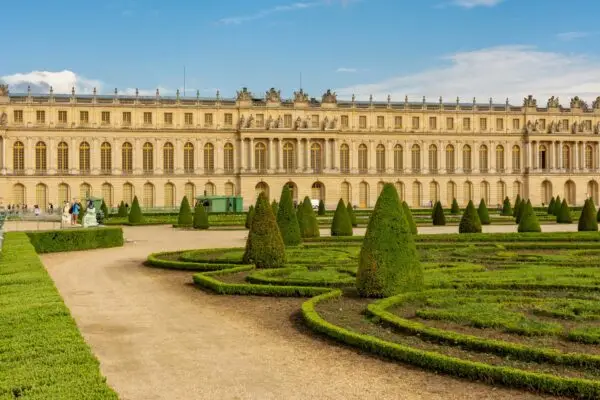
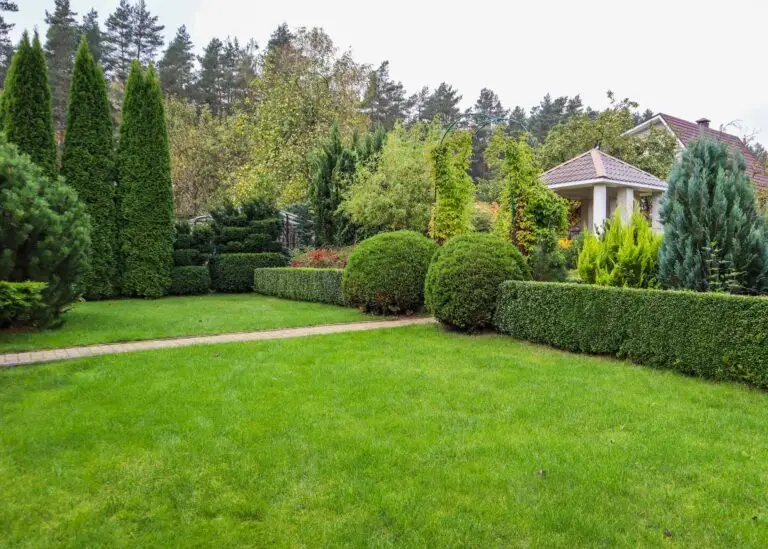
Lawn grass and boxwoods—none of these are native to North America, but they have overtaken North American landscaping for hundreds of years. This is partly why you’ll find aisles of non-native plants at big box stores and local nurseries—and why native plants are hard to find.
Heavily manicured, non-native landscaping is what American culture thinks a yard should look like. It’s also why most Americans think gardening is a ton of work and requires professionals.
Thankfully, this 300+ year-old trend has started to turn. COVID-19 probably had a lot to do with it.
The silver lining of Covid
In the spring of 2020, most of us were forced home (sincere thanks to first responders). In this collective stillness, we had a chance to become more aware of the natural world. Suddenly we noticed trees budding, birds making nests, and flowers growing. The natural world became timely, crucial, and beautiful.
And native planting started to take off, hopefully this time for good.
There is one other reason why native planting hasn’t gotten its time to shine.
It has to do with marketing.
Blame bad copywriters from earlier generations
When European colonists found the verdant terrain of North America, they marveled at the beauty and lush landscapes. But many early colonists’ sights were set on one thing: farming.
When these early farmers came across the beauty of North American plants, they often chose terrible names to malign native plants that stood in the way of fields. This helped lead to some terrible, off-putting names for beautiful North American native plants, like:
Names with weed and wort don’t help when marketing comes into play. This dismissive naming has not helped Americans embrace planting native plants.
Skeptical?
Think naming and marketing isn’t that powerful? Ask yourself…
Which would you rather plant?
We blame the generations before for this false marketing! The reality is:
Butterfly Bush is an invasive species, that acts like soda for butterflies (it provides nectar for butterflies, but doesn’t support caterpillars’ populations.)
Milkweed is the only plant Monarch caterpillars eat, and the only plant Monarch moms lay eggs on. Without milkweed, there will be no Monarchs. There are also 100+ species in North America—no matter where you live in the continental US, there is a milkweed species for you.
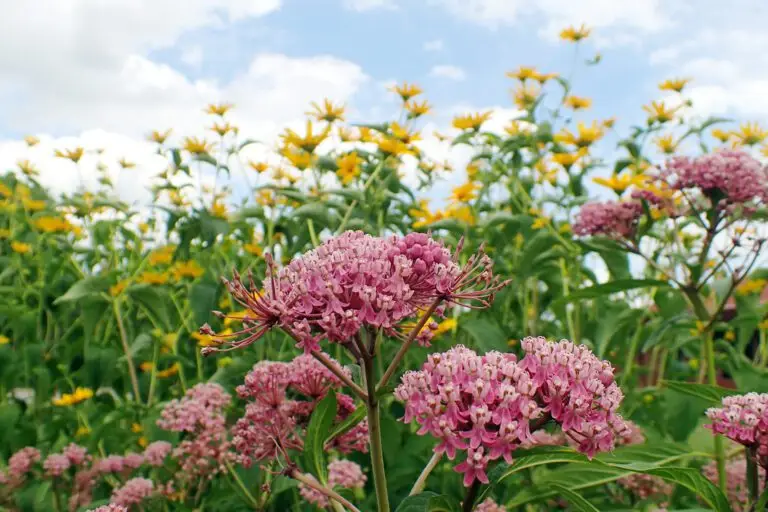
After 300+ years, the tide is starting to turn
European luxury landscapes and terrible marketing are two big cultural trends—both from a time when leeches were health care!—that have negatively contributed to native plants taking off.
But things look to be changing.
Native plants are becoming cool
Probably one of the reasons that you may be reading this is an online search! And you’ll be happy to hear that Google searches for native plants in the US have grown 67% since 2020.
Let’s keep this trend going.
We can change common names
All those terrible names are common names, which are given by the generations before. If generations before came up with these names, our generation can change them.
We can change the name of milkweed to Monarch Milkflower, and help those shopping for plants start to understand native plants’ power. Here’s a list of some terrible native plant names, along with some re-naming ideas.
(Think this is far-fetched? Did you know that Chilean Sea Bass was called ‘Patagonian Toothfish’ until it was renamed in 1994?!)
Let’s keep reversing these trends
To sum it all up—native plants are hard to find because consumer desires have yet to prioritize them in landscaping. Let’s change that trend! We can make native plants the standard for landscaping in our lifetimes. Talking to friends, neighbors, local businesses about the benefits of native gardening will go a long way to furthering the cause. Beauty matters! Change your yard, add some yard signs to help others identify what you’ve planted, and the stores will start to catch up with the new trend. Happy native plant trendsetting!
Sources
- Nelson, Gil. Best Native Plants for Southern Gardens: A Handbook for Gardeners, Homeowners, and Professionals, (2010).
- Harstad, Carolyn. Go Native! Gardening with Native Plants and Wildflowers in the Lower Midwest. (1999), 209-210.
